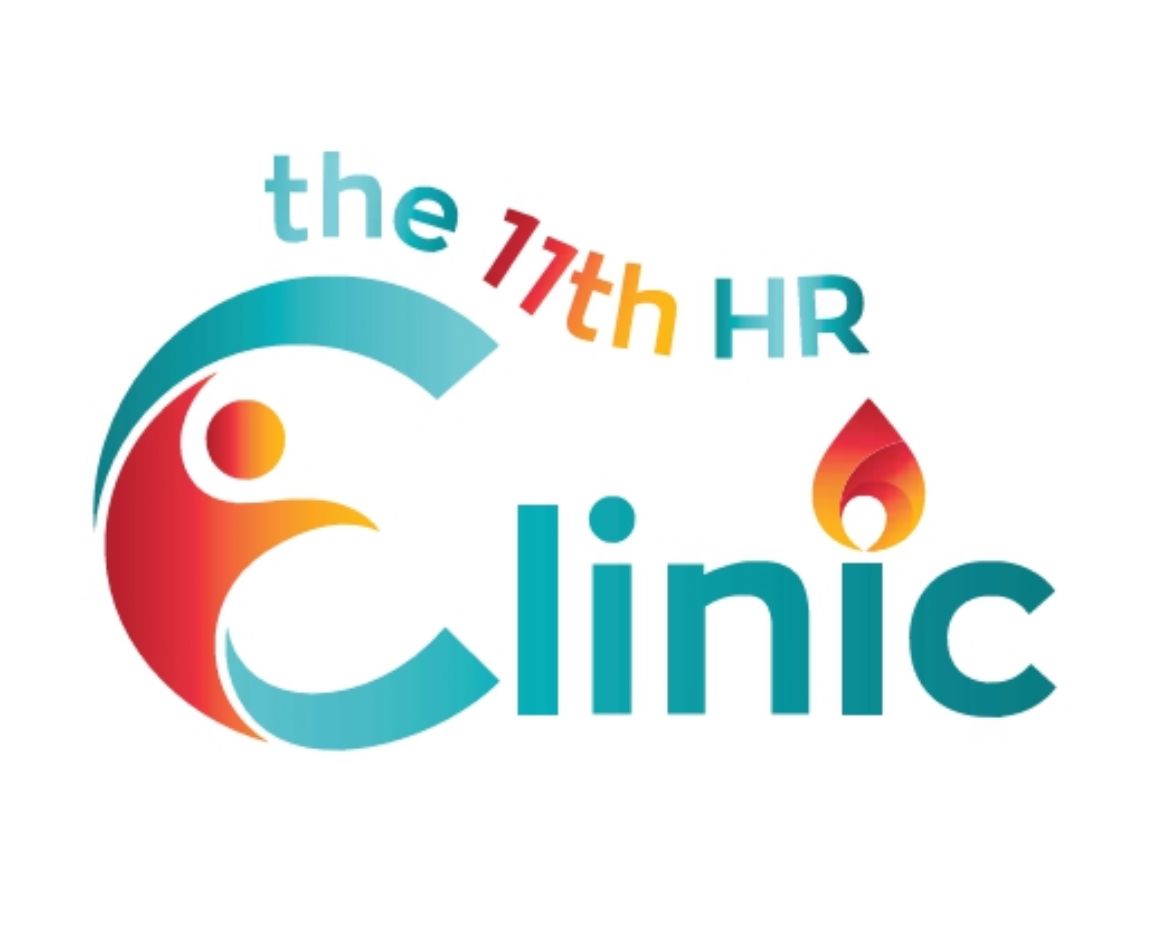When Excellence Becomes a Target: Bullying of High Performers in Schools and Workplaces
Understanding the Hidden Dynamics of Envy, Power, and Indirect Aggression
At the 11th hour clinic, we often hear the same story told in different voices: a high-performing clinician excluded by a colleague, a conscientious student isolated by friends, or a young professional subject to quiet sabotage at work. Despite differences in age or context, these individuals have something in common. They are being targeted because they excel. Research consistently shows that individuals who perform at a high level are disproportionately vulnerable to bullying, both in the workplace and in schools.
This article explores the psychological and systemic factors that drive this phenomenon, with a focus on indirect forms of aggression such as triangulation: where others are manipulated to undermine the target. It also outlines evidence-based group interventions that schools and organisations can adopt to prevent or disrupt these harmful dynamics.
The Double-Edged Sword of High Performance
High performers, whether they are top students, conscientious professionals, or respected leaders, can evoke admiration, but also resentment. Numerous studies have found that bullying is often not about weakness, but about social threat. Targets are frequently competent, conscientious, and well-liked (Hoel & Cooper, 2000; Matthiesen & Einarsen, 2007). In both school and workplace settings, their success may trigger feelings of envy, insecurity, or fear of being outshone.
- Key Point: Bullying is not always a reaction to deviance or misbehaviour. It can be a hostile response to excellence.
School-Based Bullying of High-Achieving Students
School environments are social microcosms where difference can be punished rather than celebrated. High-achieving students, particularly those who are academically gifted, creative, or emotionally mature are often targeted by peers seeking to maintain group cohesion through dominance or exclusion. Research by Peterson and Ray (2006) found that up to 67% of gifted students reported being bullied, often for being perceived as “teacher’s pets,” “try-hards,” or “different.” These students may face:
- Social exclusion from peer groups
- Mockery or minimising of their achievements
- Subtle peer sabotage, such as being ignored in group tasks
Girls and neurodiverse students who are high achieving are particularly at risk, with bullying often masked as “joking” or “banter” (Cross et al., 2012).
Workplace Bullying: Professional Competence as a Threat
In the adult world, bullying becomes more insidious. Overt hostility gives way to passive-aggressive exclusion, gossip, and procedural sabotage. High performers are vulnerable because their achievements may:
- Challenge the competence of others
- Expose inefficiencies in the system
- Threaten established power hierarchies
According to Branch, Ramsay, and Barker (2013), high-performing professionals are frequently subjected to relational aggression. This is bullying that undermines social standing and identity through indirect means, such as exclusion, false narratives, or “performance feedback” that targets personality rather than conduct.
Triangulation: Using Others to Harm
In both school and workplace bullying, triangulation is a common dynamic. This involves drawing in third parties to either validate the bully’s perspective or carry out their aggression. This can look like:
- Peers recruited to isolate or confront the target
- Teachers or managers being misinformed about the target’s intentions
- Colleagues encouraged to “check in” on a peer in ways that imply dysfunction
Triangulation not only harms the target but also pulls bystanders into harmful group dynamics, further entrenching the culture of bullying.
The Emotional Cost of Being Targeted for Excellence
Whether at school or work, being bullied for doing well can lead to:
- Shame and chronic self-doubt
- Loss of motivation or disengagement
- Burnout, anxiety, or depression
- Moral injury, especially when organisational values seem at odds with actual culture (Litz et al., 2009)
These experiences often go unreported due to fear of retaliation or being seen as weak, arrogant, or unable to cope.
Group-Based Interventions: Shifting Culture, Not Just Individuals
Individual support is essential however consolidating change requires a group-level response. Research shows that interventions targeting the whole group or system are more effective than focusing solely on the target or perpetrator (Salmivalli et al., 2011; Einarsen et al., 2011).
In Schools:
Programs like the Finnish KiVa model and Australian Friendly Schools Plus have shown strong outcomes by shifting peer group norms, not just individual behaviour.
Key Components:
- Peer education: Teaching students to recognise subtle bullying and resist group pressure
- Restorative conversations: Addressing harm collectively without reinforcing power imbalances
- Teacher training: Equipping staff to identify and respond to covert bullying, including academic-based exclusion
A key goal is to make respect, empathy, and inclusion of difference a cultural expectation.
In Workplaces:
Group-based approaches to bullying prevention include:
- Team workshops focused on values alignment, envy literacy, and communication
- Organisational culture audits to assess the psychological safety of high performers
- Leadership training that identifies early signs of triangulation and power hoarding
Research by Hadley et al. (2022) shows that organisational commitment to transparency and trust-building is more protective than anti-bullying policies alone.
Supporting Individuals and Systems
For Individuals (Students and Professionals):
- Understand that being targeted doesn’t reflect your worth and that it often reflects systemic immaturity.
- Seek spaces where your abilities are recognised without threat such as coaching, therapy, or peer networks.
- Name triangulation and gaslighting when they occur. Silence protects the status quo.
For Institutions:
- Promote group-based interventions to challenge group dynamics that enable bullying.
- Value excellence without isolation and celebrate success collectively.
- Recognise that psychologically safe systems benefit everyone and not just high achievers.
Final Thoughts
Whether in a Year 9 classroom or a corporate boardroom, high performers can be targeted simply for doing well. When organisations and schools respond only at the individual level, they often miss the deeper drivers of envy, fear, and group-based exclusion. But when systems address these dynamics through whole-of-group interventions, they not only protect individuals, they raise the standard for everyone. At the 11th hour clinic, we are committed to helping individuals thrive in environments that challenge, support, and celebrate excellence.
How the 11th hour clinic Can Help
The 11th hour clinic provides tailored support for individuals, teams, and institutions navigating the psychological toll of bullying and high-performance stress. We offer:
- Therapy and coaching for high performers experiencing exclusion or sabotage
- School-based group programs that address peer dynamics and protect gifted or vulnerable students
- Workplace workshops and consultations that build psychologically safe cultures and address bullying through systems-level change
Whether you’re a student, a parent, a manager, or an executive, we can help you or your organisation move beyond survival and toward systemic resilience and ethical excellence.
Explore our evidence-based therapy, coaching, and group programs designed to support high performers and foster psychologically safe environments in schools and workplaces. To learn more you can contact us by phone or email.
References
Branch, S., Ramsay, S., & Barker, M. (2013). Workplace bullying, mobbing and general harassment: A review. International Journal of Management Reviews, 15(3), 280–299.
Cross, T. L., Cross, J. R., & Finch, H. (2012). Social coping among academically gifted adolescents in a high school setting. Journal for the Education of the Gifted, 35(2), 82–103.
Einarsen, S., Hoel, H., Zapf, D., & Cooper, C. (2011). Bullying and harassment in the workplace: Developments in theory, research, and practice (2nd ed.). CRC Press.
Hadley, C. N., Pittinsky, T. L., & Sommer, S. A. (2022). When workplace ostracism targets high performers. Journal of
Organizational Behavior, 43(2), 203–218.
Hoel, H., & Cooper, C. L. (2000). Destructive conflict and bullying at work. University of Manchester Institute of Science and Technology.
Litz, B. T., et al. (2009). Moral injury and moral repair in war veterans: A preliminary model and intervention strategy. Clinical Psychology Review, 29(8), 695–706.
Namie, G., & Namie, R. (2011). The bully-free workplace: Stop jerks, weasels, and snakes from killing your organization. John Wiley & Sons.
Peterson, J. S., & Ray, K. E. (2006). Bullying among the gifted: The subjective experience. Gifted Child Quarterly, 50(3), 252–269.
Salmivalli, C., Kärnä, A., & Poskiparta, E. (2011). Counteracting bullying in Finland: The KiVa program and its effects on different forms of being bullied. International Journal of Behavioral Development, 35(5), 405–411.
Simon, G. K. (2010). In sheep's clothing: Understanding and dealing with manipulative people. Parkhurst Brothers.



